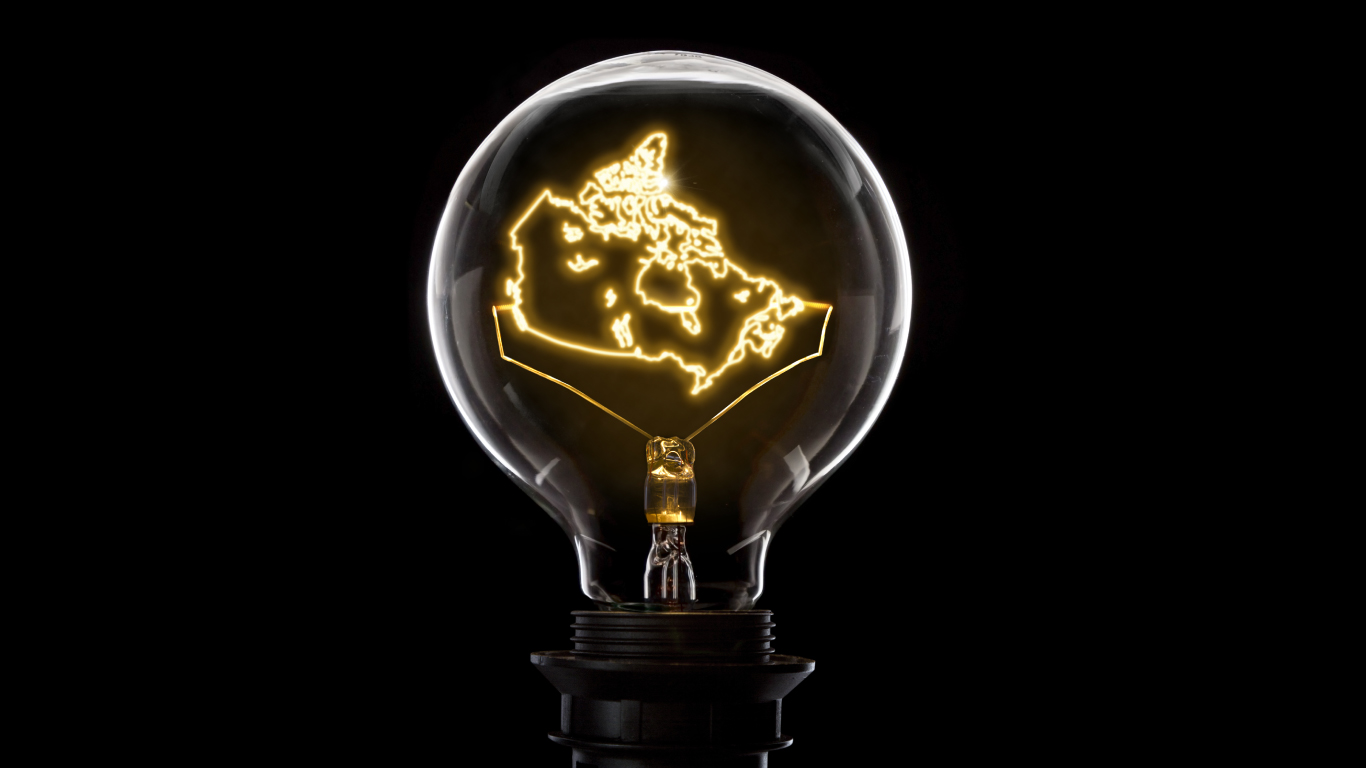
Winter officially arrives this afternoon at 4:48 p.m., Eastern time, the moment when the sun is farthest south—this is known as the winter solstice.
And, as we all know in Canada, it’s also the day with the least amount of sunlight. We rely on artificial lights even more at this time of year in our day-to-day lives. Canadian music superstar The Weeknd famously became a meme looking around, surrounded by lights. We like to think he was looking for all the statistics about lighting!
The 2021 Census of Population counted close to 37 million Canadians and nearly 15 million private dwellings occupied by usual residents. Just over half (50.9%) of these dwellings were home to couple family households, and almost half (49.7%) of these included children living with them.
It’s costing more these days to light up all those rooms. Consumers in most provinces and territories paid more for electricity in November 2022 on a year-over-year basis, with the highest increases in Saskatchewan (+16.9%), Prince Edward Island (+5.6%) and Manitoba (+3.8%). Albertans paid 2.3% less, while those in Newfoundland and Labrador saw their bills tick down by 1.3%.
So, remember to turn off the lights when you leave the room! But when the lights have to stay on, some households have turned to more energy-efficient options.
We last surveyed Canadian households in 2021 about their use of energy-saving lights. Over 8 in 10 households (81%) used at least one type of energy-saving light, excluding light emitting diode (LED) holiday lights, down from nearly 9 in 10 households in 2015 (88%) and 2011 (87%).
Over half (53%) of Canadian households used LED lights (excluding LED holiday lights) in 2021, up from 3 in 10 households (30%) in 2015, and less than 1 in 10 (9%) in 2011. According to Natural Resources Canada, ENERGY STAR certified LEDs are up to 90% more efficient than incandescent bulbs and last at least 15 times longer.
Among census metropolitan areas (CMAs), over 6 in 10 households (62%) in Lethbridge, Alberta, used non-holiday LED lights in 2021, followed by almost 6 in 10 households in Greater Sudbury, Ontario (59%), as well as Kelowna, British Columbia; Québec, Quebec; Regina, Saskatchewan; and the Ontario CMAs of Oshawa, Guelph and Barrie (57% each). LED usage in non-CMA households was just behind, at 56%.
Newfoundland and Labrador had the most efficient holiday spirit in 2021, where over 4 in 10 (43%) households had LED holiday lights, followed by Prince Edward Island and British Columbia (41% each) and above the national average of 35%.
Cities of blinding lights…
The electric lighting equipment manufacturing industry group, which is primarily engaged in manufacturing electric bulbs, tubes and lighting fixtures, sold and shipped nearly $132.6 million worth of products in October 2022, up by 10.0% from October 2021.
Across the provinces in 2019, there was a total floor area of 709 million square metres spread across 555,951 commercial buildings, and another 72.5 million square metres of floor area among the country’s hospitals and postsecondary campuses.
That’s a lot of floor space to light up, and, just like for households, lighting it is getting more expensive. In October 2022, prices charged by electric power distributors to commercial and industrial users rose by an average of 3.4%, compared with October 2021. For consumption over 5000 kilowatts, prices were up by 12.2% over the same period.
…While preserving the starry nights
Lighting requires a lot of electricity and power generation, and, on top of that, too much light can be harmful.
Astronomers in Canada and around the world have long advocated for a reduction in light pollution, which is mainly caused by lighting systems that are misdirected, excessive, inefficient or unnecessary.
Not only can light pollution obstruct our view of the stars, but it can also affect the migratory patterns of birds and modify predator–prey relationships. It can also cause zooplankton to stop feeding on algae in lakes, leading to excessive algae growth that affects oxygen levels in the water.
According to Canadian astronomers, we can all help with these four simple solutions: reducing light intensity, adjusting the orientation toward the area requiring lighting, controlling the time and length of use of light fixtures, and choosing amber light sources over brighter white ones when possible.
Contact information
For more information, contact the Statistical Information Service (toll-free 1-800-263-1136; 514-283-8300; infostats@statcan.gc.ca) or Media Relations (statcan.mediahotline-ligneinfomedias.statcan@statcan.gc.ca).
